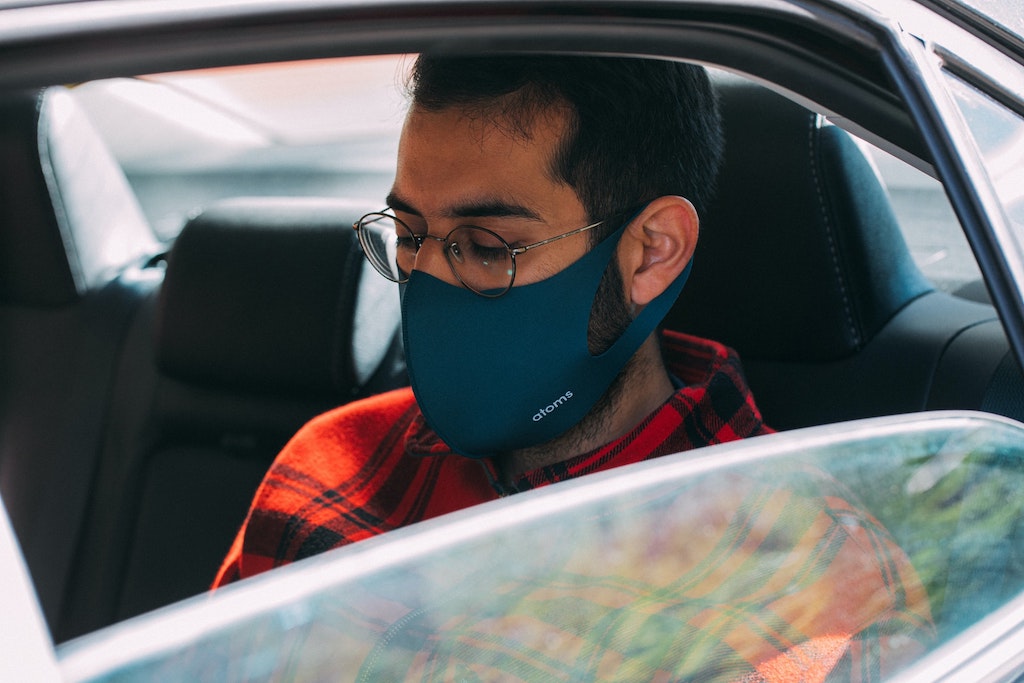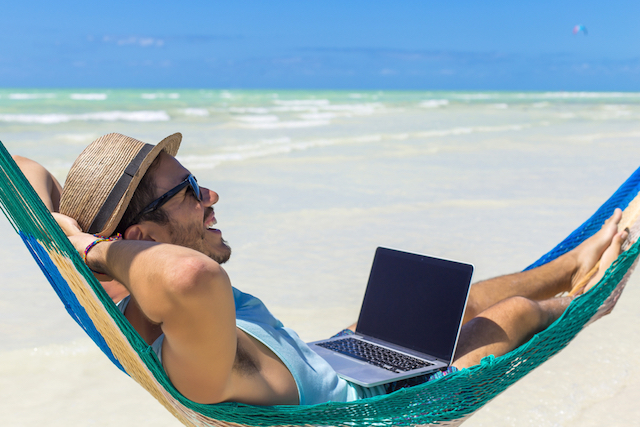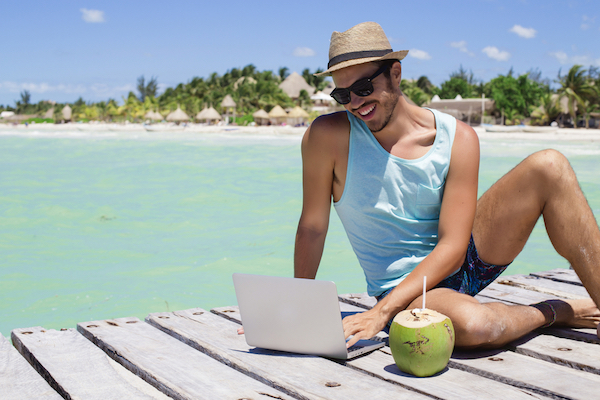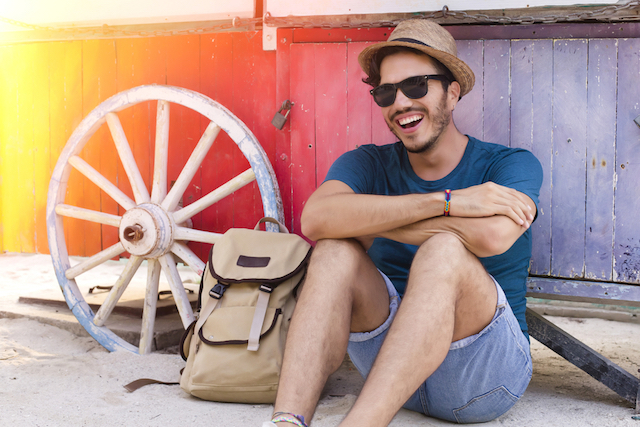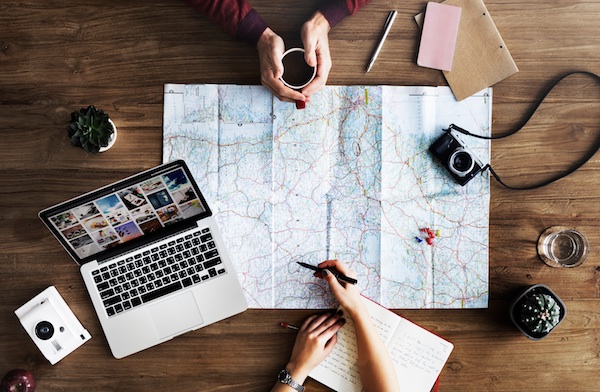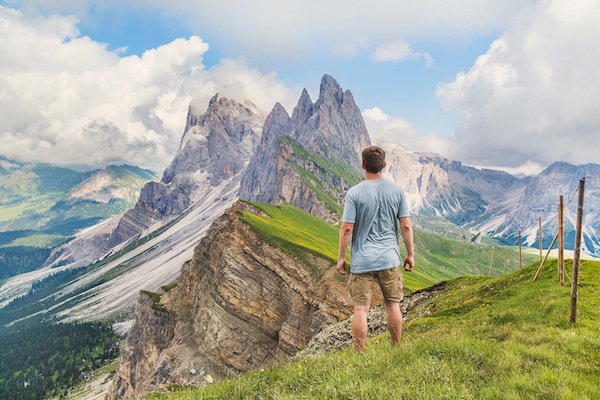Since the rise of the COVID-19 pandemic in 2020, the travel and digital nomad scene has been hit hard. On the plus side, the opportunities for remote work has increased greatly, which will open more opportunities for digital nomads to earn an income from any remote location in the world.
However, due to the health risk with COVID-19, lockdowns and quarantine happened globally to slow the spread of the virus. Thankfully, there are measures in place such as vaccines and quarantine procedures that minimize the infection and mortality risk with this virus.
As the opportunity for travel opens up again, digital nomads need to consider their movements and health risk while travelling as a digital nomad.
Digital nomads will often travel as cheaply as possible to have enough money to enjoy as many of the experiences possible. These are usually public forms of transport such as planes, trains, and buses. Whilst most places will have good safety measures, it only takes one infected person to expose the illness that they are carrying to another person.
So if you can, try to minimize your exposure to large groups of people while travelling if you aren’t in a position to trace those people should infection occur.
Resource: CDC recommendations for COVID Travel
Skip to section
What are some private travelling options that you should consider?
One-way private tours or transfers
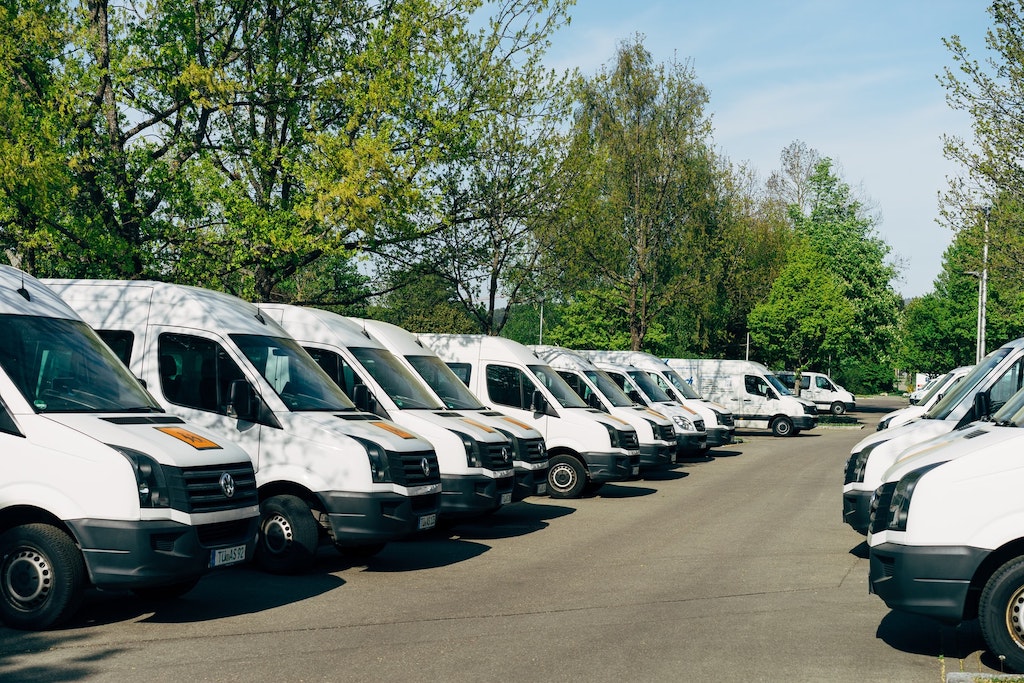
Image credit: Photo by Markus Winkler on Unsplash
Most locations will have private tour or transfer companies that will offer drivers to take you to your desired location. These usually cost more than hiring a taxi or travelling by public transport, however you will be able to travel solo or in a group as a bubble, minimizing your exposure to any health risks.
Uber
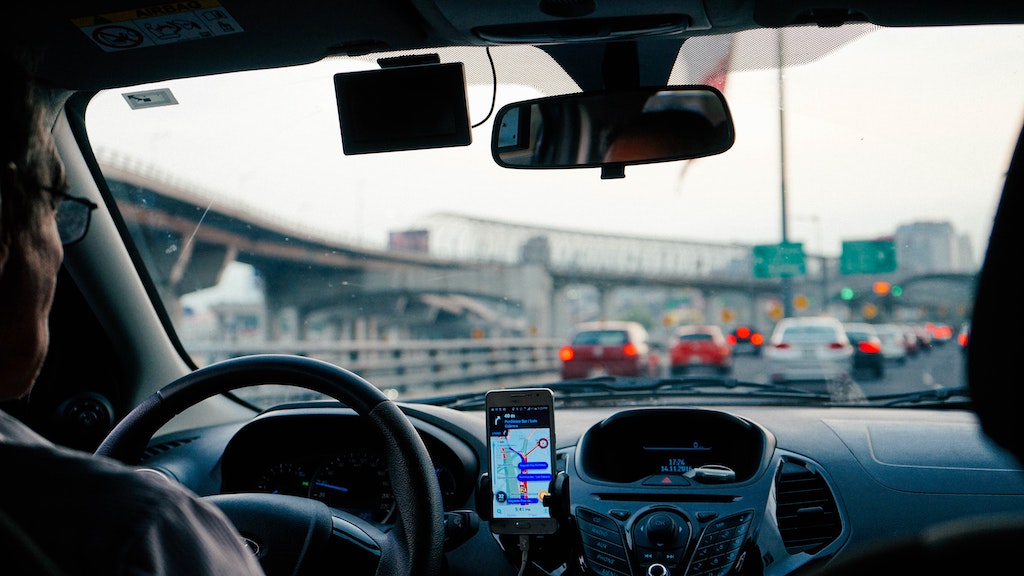
Image credit: Photo by Dan Gold on Unsplash
You can opt to travel in an Uber if it is available at your destination. All of the movements are recorded on the app and you can easily trace the contacts back to your driver should an exposure to infection occur.
Buying and selling a used car or vehicle.
Your best option will be to buy a vehicle that you can resell after your travels if you plan on staying at your destination for longer than 30 days. If you need a vehicle for less than 30 days, it may be more cost-efficient to hire a vehicle as and when you need.
What kind of vehicle should you opt for?
Scooter or motorcycle
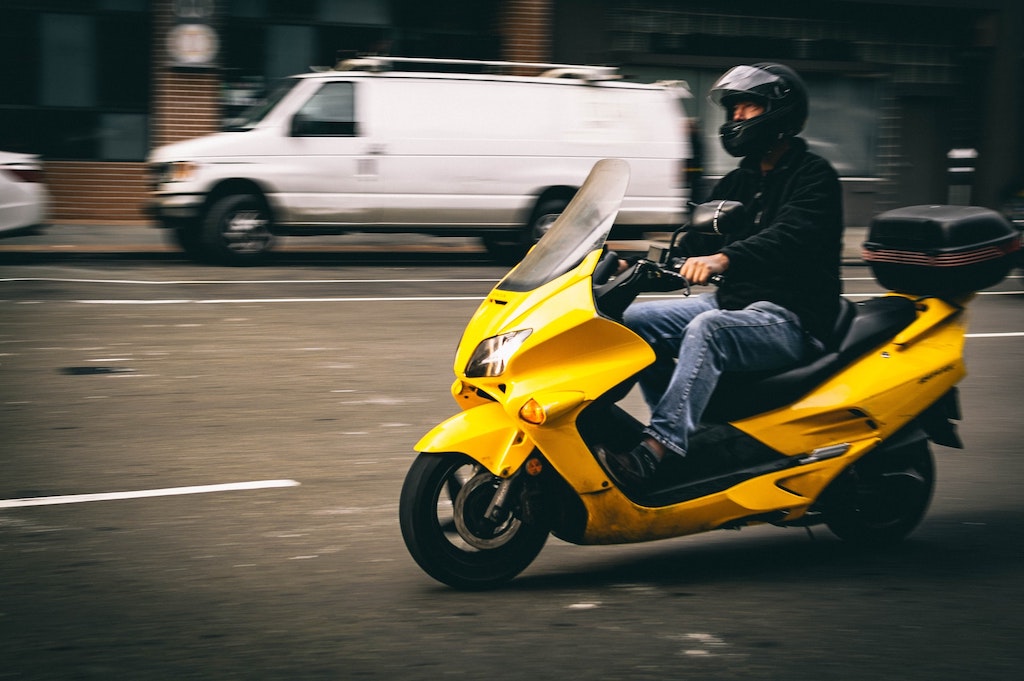
Image credit: Photo by Yoel J Gonzalez on Unsplash
These vehicles are much cheaper to obtain and you will usually travel solo or in a pair. You will usually wear a helmet, that will require you to cover your face.
You will also usually wear protective gear, such as gloves, long sleeves, and long pants, which will also add another layer of protection.
The cost to purchase these are usually quite low. Fuel and maintenance costs also tend to be inexpensive. According to Car payment Calculator, a moped can get up to 70 miles on one can of gas.
Below is an interesting video that talks about digital nomads using scooters in Asia.
Car

Image credit: Photo by Randy Zhang on Unsplash
Buying a small car to get around in will be the most convenient option. A second-hand hatchback car that is 10-15 years old should suffice and should only cost you a few thousand dollars. You will need to buy the right insurance and registration to drive on the road.
A couple of other costs that you will need to consider includes:
- Parking fees
- Tickets
- Fuel costs
- Insurance
If you plan to stay in a country for 3-6 months, you can buy and sell the car and just be out of pocket a few hundred dollars from the vehicle transaction and the costs while driving the vehicle.
Campervan

Image credit: Photo by Brina Blum on Unsplash
Buying a campervan can be a cost-effective way to travel depending on where you are and where you plan to stay. You will need to research the different places you will be able to travel and stay with a campervan, as not all places allow travellers to just pull up and park in a location. You may need to book a campsite, which will add to your transportation costs.
If you buy a campervan with 4WD capabilities, you will be able to take the vehicle offroad and stay in locations that are more remote, which will reduce your exposure to people that may expose you to any health risks.
Investing in a campervan requires a more significant cash outlay. However, you can utilize bi-weekly car loans to help you preserve your upfront cash so you can finance the vehicle over time and free up your cash to enjoy the experiences that the digital nomad lifestyle has to offer.
Additional benefits to consider.
If you are travelling as a digital nomad and you are running a business, you may be able to purchase the vehicle through your business and minimize your tax through the vehicle’s depreciation, and the sale of the vehicle. You will need to cross-check this with the local tax laws of the country where you are required to pay tax.
Examples
With the approaches shared in this article, you will create a travel bubble that will minimize your exposure to groups of people that may pose a health risk. And should you encounter people that are a risk, you will be in a position to track and manage the risk from the exposure and what impact it could have on your health and travel arrangements.
There will be times when you will need to travel in large groups, such as on planes, trains and buses. You can always seek out options that are more private or secluded, such as private cabins; which may minimize your risk of exposure.
Have any other suggestions that we may have missed? Share them with us in the comments.
Thanks for reading!
Featured image credit: Photo by charlesdeluvio on Unsplash
Sign-up now!
Start your digital nomad journey today!
